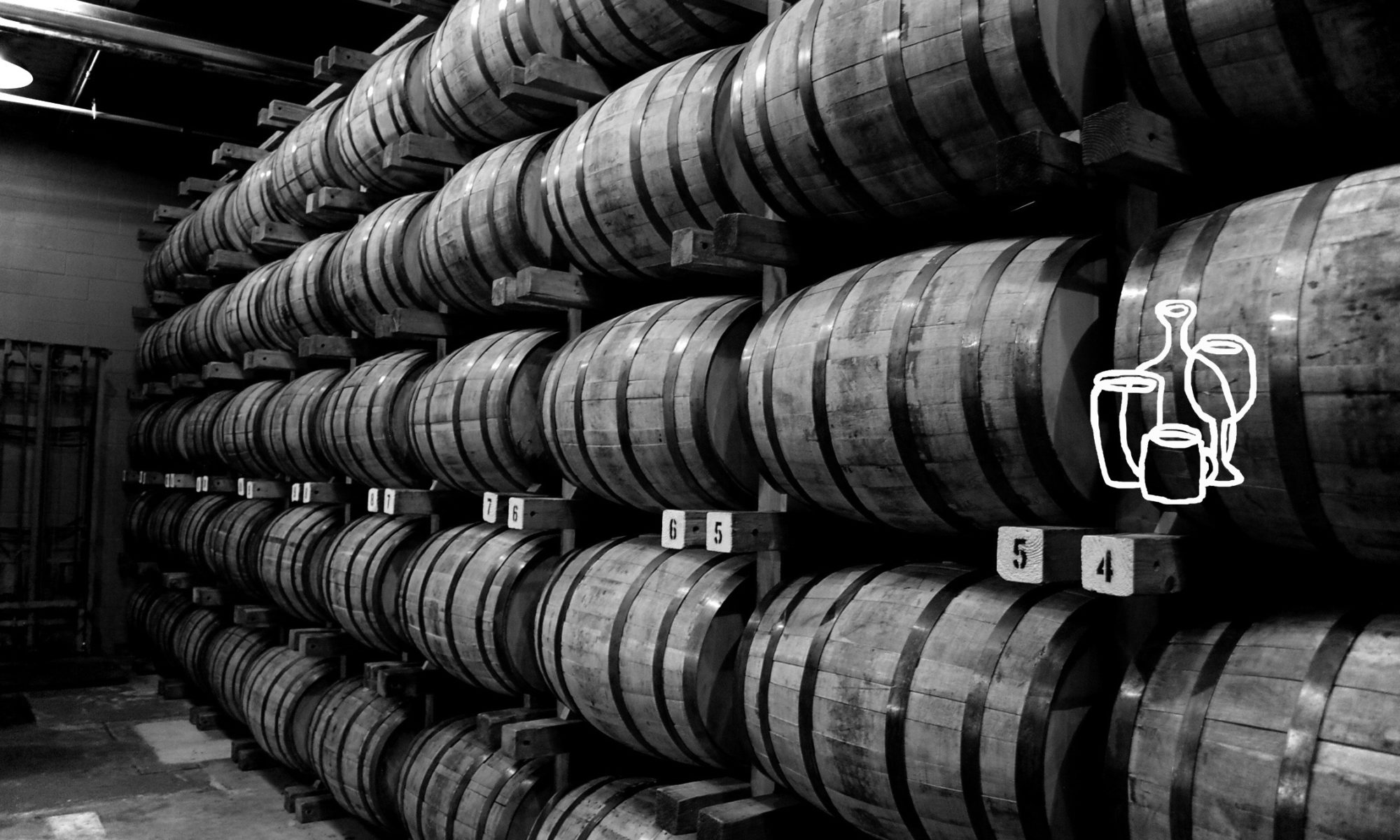
As noted a few weeks back, the “barrel aged cocktail” craze is in high gear in bars across the country. Here in Atlanta, we recently tried the barrel aged Negroni at Double Zero (delicious, if not quite as bracingly vibrant as its unaged counterpart). And, now, lucky shoppers can find a limited edition, barrel aged Manhattan on the shelves of fine spirits purveyors across the country. High West Distillery of Utah is known for pushing boundaries (note their unique blended rye, bourbon/rye blend, “silver oat whiskey,” and the fact that their proprietor, David Perkins – raised in Georgia by the way, was awarded the 2011 Malt Advocate Pioneer of the Year Award). It’s no surprise that they’ve been a trailblazer for barrel aged cocktails by the bottle, starting last year with a special 100-day-aged “U.S. Grant Centennial Celebration Barreled Manhattan” and progressing to the the version now on store shelves with the moniker “The 36th Vote Barreled Manhattan.” “The 36th Vote” commemorates Utah’s decisive vote in the repeal of Prohibition, and the notion of a Manhattan as the appropriate drink to celebrate Prohibition’s repeal is entirely appropriate given its place in the classic, pre-Prohibition cocktail pantheon.

High West was kind enough to provide two samples of their Manhattan – the barreled version which can be found on store shelves, and an “unaged” version for comparison sake. “The 36th Vote” is a mix of 2 parts High West 95% rye whiskey, 1 part sweet vermouth, and a couple dashes of Angostura bitters per serving, which then spends somewhere between 90 and 120 days of aging time in a 2 year old, American oak, rye whiskey barrel. Perkins admitted that the vermouth used was not necessarily their first choice (Carpano Antica Formula anyone?), but due to federal regulations, had to be one that they could source wholesale in bulk.
The result is a 37 percent alcohol (74 proof), high quality Manhattan in a bottle. To test out the difference of the barrel aging, we tasted these samples first without any ice (I typically like mine shaken with ice and strained into a chilled glass, but many folks prefer stirred). The impact of the barrel aging is not unexpected – it mellows and mingles the flavors to produce a rounder, fuller cocktail (even vs. a version like the one that High West provided that has been pre-mixed and sitting in a bottle, rather than freshly made). With the unaged version, the sharp notes of the vermouth and bitters jump out on the nose, then linger prominently on the finish. With the aged version, there is a softer, more integrated nose, where the rye and the vermouth seem to snuggle up together, rather than posture against each other. It simply comes across as more integrated, more lush, more happily-wed. There are no obvious notes of the wood itself; rather, it’s that little bit of breathing time that the wood barrel provides that brings the drink into a slightly greater harmony. And “The 36th Vote” is exactly that – a beautifully harmonious take on the Manhattan.
Is the barrel aged cocktail in a bottle going to be the next big thing? I don’t think so. It’s just too darn easy to make a great Manhattan at home, not to mention the fact that experimenting with various ryes and various vermouths is a great way to learn what you like best. But “The 36th Vote” is worth experiencing, worth seeking out, to get a taste of time in the barrel, and to experience a uniquely different form of wedded bliss.

High West Distillery, The 36th Vote Barreled Manhattan
74 proof
Approx. $45 retail for a 750ml bottle
Tasting Date: June 7, 2011
Good Stuff – a great way to experience the impact of barrel aging on a classic cocktail

 Rye has been on a steady upward swing over the past several years, driven in large part by the similar upward trajectory of classic cocktails. The notion that a proper Manhattan should be made with rye has taken hold, rightfully so in our opinion – the spicier profile of rye just balances so well with sweet vermouth and a touch of bitters. Of course, savvy distillers and marketers are looking to take advantage of this trend. Just this week, the folks behind Bulleit Bourbon introduced a new rye, Bulleit 95, Small Batch American Rye Whiskey. Bulleit 95 is 90 proof, 95% rye mash and 5% malted barley, and, according to
Rye has been on a steady upward swing over the past several years, driven in large part by the similar upward trajectory of classic cocktails. The notion that a proper Manhattan should be made with rye has taken hold, rightfully so in our opinion – the spicier profile of rye just balances so well with sweet vermouth and a touch of bitters. Of course, savvy distillers and marketers are looking to take advantage of this trend. Just this week, the folks behind Bulleit Bourbon introduced a new rye, Bulleit 95, Small Batch American Rye Whiskey. Bulleit 95 is 90 proof, 95% rye mash and 5% malted barley, and, according to 
